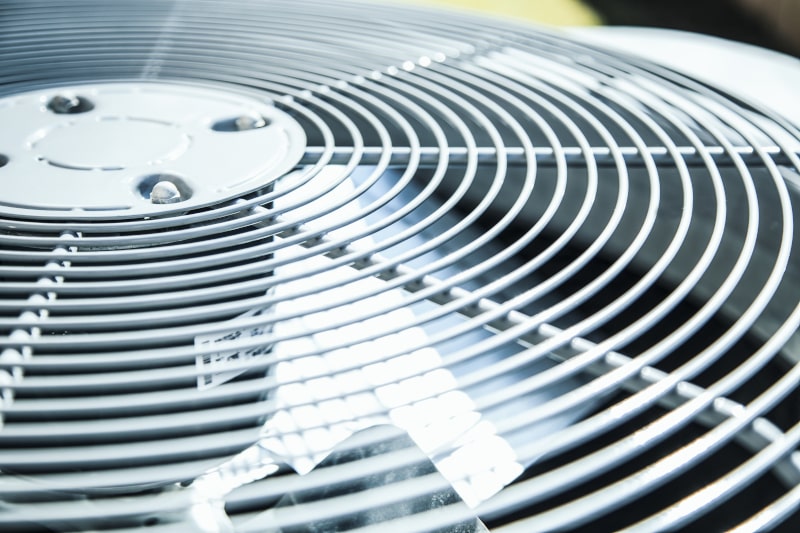The time has come to purchase a new HVAC system for your Easton, MD home. You’ve done your homework by comparing prices, reading reviews of different brands, and asking friends and family for recommendations, but do you know about HVAC load and how important it is when choosing a new system? Keep reading to learn everything you need to know about HVAC load and why it matters.
What Is HVAC Load?
The term “HVAC load” refers to the amount, or “load,” of heating or cooling power needed for a structure to maintain a comfortable temperature. Several factors determine the load your home needs, including the type and number of kitchen appliances you own and how much heat each one gives off. Additional factors include:
- The size of your house measured in square feet
- The number of people who live in your house
- The type of insulation your house contains
- The number of windows and exterior doors
- The local climate
- The amount of direct sunlight your house receives
Why Does HVAC Load Calculation Matter?
Having an accurate calculation of your home’s HVAC load is important for several reasons. The main reason is to help you choose the correct size system so your home stays cool and warm when necessary. Many people believe that when it comes to HVACs, bigger is always better, but that isn’t the case at all .
If you choose a system that’s too large, the air in your home won’t reach a comfortable temperature, have time to cool and cause an uncomfortable, clammy environment. If you choose one that’s too small for the job, it won’t be strong enough to cool down the air, which will cause a sticky, too-warm feeling. These results mean your indoor air quality will suffer.
An HVAC system that’s too large for your home will become overworked from powering on and off repeatedly as it tries to meet the thermostat’s temperature settings. One that’s too small will become overworked from running virtually nonstop as well. No matter which problem you encounter, your HVAC system will have a shorter lifespan and increase your energy bills due to constantly operating beyond its capabilities.
How Is HVAC Load Correctly Determined?
Before making your purchase, have your HVAC load correctly assessed. British Thermal Units, or BTUs, measure the load. The higher the number of BTUs a system generates, the greater its load capabilities.
Your HVAC service technician will determine your home’s load in the following steps:
- 1. The size of your house measured in square feet. If you have access to the blueprints, you can find the information there. If not, it’ll be necessary to measure each area manually.
- 2. Count the number of windows and exterior doors, factor in the type of insulation in your home, local climate, the number of occupants, and the amount of heat given off by kitchen appliances. Now calculate BTUs using the following formula: Add 100 BTUs per occupant; Add 1,000 BTUs per exterior door and window.
- 3. Add up the BTUs. They will help you determine the load.
Protect your home and family by choosing an HVAC system that can handle long-term use. If you have questions or need assistance with choosing, purchasing, or installing your new system or with calculating your home’s HVAC load, contact us at Griffith Energy Services, and one of our trained service technicians will be happy to help you!
Image provided by iStock




